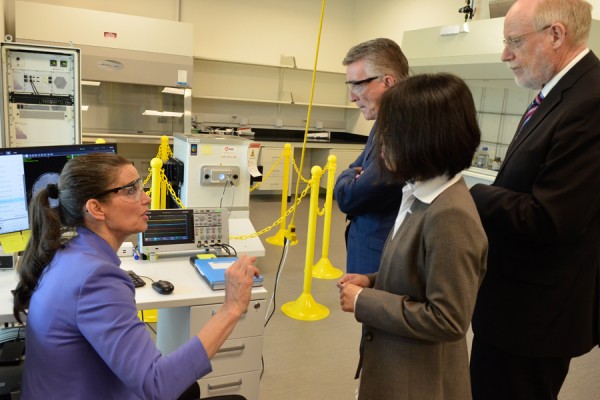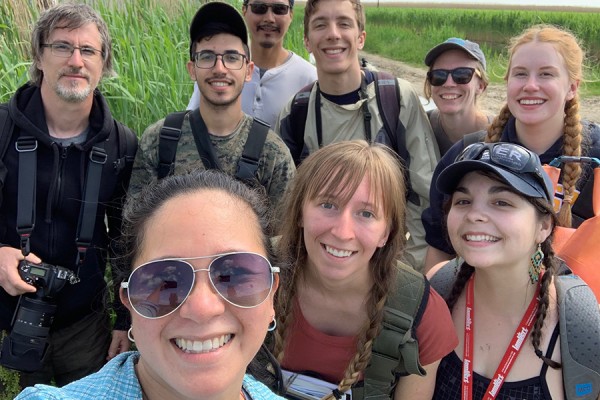 Women fleeing abusive relationships will more easily find emergency housing with room for pets thanks to research at the University of Windsor.
Women fleeing abusive relationships will more easily find emergency housing with room for pets thanks to research at the University of Windsor.
It will be easier for women fleeing abusive relationships to find emergency housing that makes provisions for pets, thanks to research underway at the University of Windsor.
UWindsor professors Betty Barrett, Amy Fitzgerald, and Patti Timmons Fritz, along with Rochelle Stevenson from B.C.’s Thompson Rivers University, are partnering with RedRover, a non-profit organization in the U.S. that has started a database of pet programs offered by domestic violence shelters.
The team has received a grant of nearly $25,000 from the Social Sciences and Humanities Research Council of Canada with matching funds from RedRover to collect more comprehensive data on shelters across Canada and the United States. The information will become part of a public database searchable by location.
As part of the research project, the team will provide the shelters the information they need to update the database in the future.
The project also involves mapping the shelters, making it apparent to policy-makers where there are gaps in service.
The research will come out of UWindsor’s multi-disciplinary Animal and Interpersonal Abuse Research Group. AIRPARG has contributed to the research that shows men who are violent toward their intimate partners may also be violent toward animals. Women may stay in violent relationships to protect their pets.
Dr. Barrett tells the story of a Missouri woman whose boyfriend attacked her with a hammer in 2012, nearly beating her to death. During the assault, the woman’s dog laid on top of her to protect her. The dog suffered broken ribs and a broken hip.
At the police’s urging, the woman contacted a domestic violence shelter. When the shelter informed the woman it didn’t accept pets, she said she would sooner live in her car than leave her dog behind. The shelter changed its policy that day in 2012, becoming the first shelter in the region to accept pets.
Barrett said the research project will help increase awareness about the role of pets as a potential barrier to leaving the abusive relationships, and about grants available through RedRover to help shelters create pet programs.
Barrett said the research project is the first of its kind.
“The synergy it would facilitate would benefit both RedRover and AIPARG and those needing a quick way to access potentially life-saving information.”
—Sarah Sacheli



